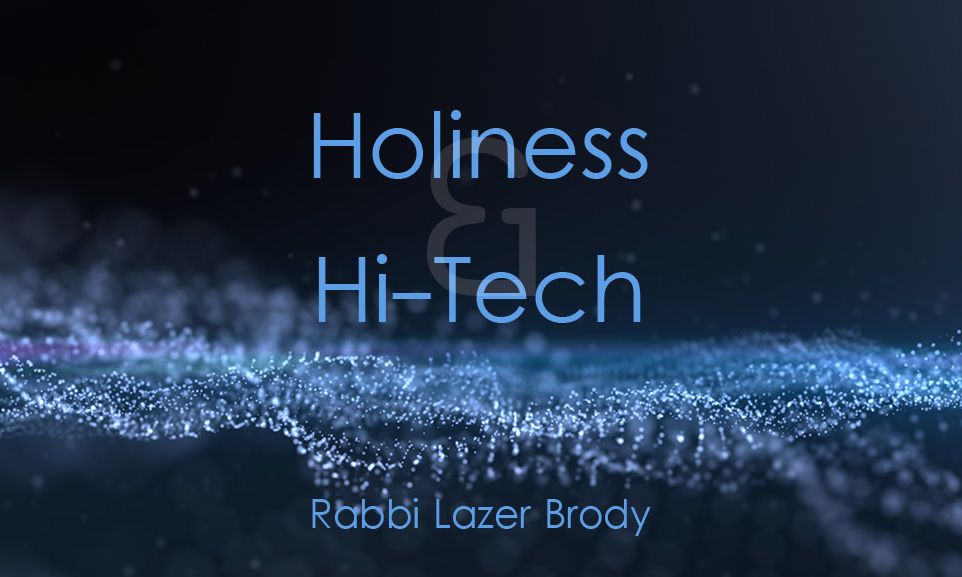
Holiness and Hi-Tech
Holiness and Hi-tech, working out in the gym and learning Torah, fashionable clothes and makeup - can they be part of the Torah lifestyle?

Holiness and hi-tech, do they go together? Is there a conflict between working out in the gym and learning Torah? What about fashionable clothes and makeup? Can they be part of the Torah-observant lifestyle?
You might not realize it, but these questions are over 22 centuries old. They’re also the underlying historical theme of the relationship between ancient Greece and ancient Israel, Hellenism, Chanuka and assimilation. Uncovering this knowledge is vital to understanding current events and particularly contemporary Jewish history as well as what’s going on in Israel and the Diaspora.
The Maccabees’ battle against Hellenism and assimilation was not merely a historical event of 22 centuries ago. It’s still going on today. Hellenism, with its quest for wisdom and beauty, is a very powerful magnet. Here’s how:
Noah had three sons – Shem, Ham and Yephet. He cursed Ham for acting in gross disrespect to him. He blessed Shem and Yephet who cooperated with one another in preserving his dignity. He blessed the G-d of Shem, thereby paving the way to Torah for Shem’s offspring, Abraham and the Jews. He blessed  Yephet with beauty and aesthetics, charting the cultural course for Yephet’s offspring, the Greeks. Ever since, the Jews have had an affinity for the Greeks and Greek culture.
Yephet with beauty and aesthetics, charting the cultural course for Yephet’s offspring, the Greeks. Ever since, the Jews have had an affinity for the Greeks and Greek culture.
Of the kingdoms that constitute the four Diasporas that Daniel alludes to in his prophecy, the Babylonian and Persian kingdoms symbolize lust, while Rome, with its repeated historical slaughter of the Jews (crusades, inquisition and the Holocaust to name a few) symbolize evil and cruelty. Yet, Greece stands for wisdom and beauty – beauty of thought and beauty of body. Greek thought and culture is very appealing to Israel. For that reason, the Greek Diaspora posed the greatest threat to Jewish continuity.
Like Shem, Yephet was a thinker. In the same generation that Mordechai the Tzaddik and Ezra the Scribe lived, so did Aristotle. To put things into historical perspective, Aristotle lived from 384-322 BCE, or 3377-3439 in the Hebrew calendar. The miracle of Purim happened in 3405, when Aristotle was 28 years old and already Plato’s prime disciple and beacon of Greek philosophy. 3405 was a special year for it was also the year when Alexander the Great was born. Alexander lived from 356-322 BCE, or 3405-3438 in the Hebrew calendar. Alexander died a year after Aristotle. Ten years later, in 3448, Shimon Hatzaddik, the High Priest and last remnant of the Men of the Great Assembly, died, ending the era of the Prophets and beginning the era of the Tannaim.
The Second Holy Temple was rebuilt in 3408, three years after the miracle of Purim.
History juxtaposes Aristotle and Alexander on the Greek side with Mordechai the Tzaddik and Shimon the Tzaddik on the Hebrew, or Torah side. They are quite intertwined. Aristotle advised and exchanged letters with Alexander. Alexander was profoundly influenced by Shimon. Yet here, we learn the difference between the two philosophies and their ideological leaders.
We must keep in mind the monumental difference between Greek and Torah philosophy, which reflect Greece’s goal and Israel’s goal. Whereas the Greeks honor wisdom, beauty and hi-tech, Israel honors proximity to Hashem and therefore holiness and emuna which accomplish that objective. In Greek philosophy, the world is not happenstance – there is a Creator who set it into motion but, according to their misconceptions, is no longer involved in its direction and function. Israel believes in the Creator and his constant Divine Providence that controls everything – past, present and future.
According to the Greek philosophers, there is no connection between wisdom, beauty, achievement, and character refinement. In Greek eyes, a PhD in physics, multi-millionaire startup-company genius, or an Olympic gold medalist are most laudable, even though they might act like a vulgar beasts. In fact, tradition tells of Aristotle, who was once seen in a very non-complimentary situation by his pupils. They asked, “Our master, Aristotle, is that you?”
Aristotle replied, “In the academy, I’m Aristotle; out here in the gutter, I’m just having a good time.” Such a story is an anathema to Judaism, whose sages are not only wise men but impeccably refined and holy as well. No wonder Shimon the High Priest earned the title of “Tzaddik”, “the righteous”, attesting to his holy spirit and his impeccable humility and personal holiness.
Alexander in fact nullified himself to Shimon Hatzaddik. The Gemara in Tractate Yoma 69a tells that Alexander, upon receiving evil counsel from the Cutim (Samaritans), was on his way to destroy the Jews and their Holy Temple because of the blood libel that the Jews had revolted against him. Shimon HaTzaddik found out about the Samaritans’ evil slander. He dressed up in his ritual High Priest garments and took a group of torch-carrying priests who walked all night long to meet Alexander. The first rays of dawn silhouetted the Cohanim; the rising sun made the image of Shimon Hatzaddik glimmer. As they approached the Greeks and Alexander saw the High Priest, he stepped from his royal carriage and prostrated himself before him. The Greek officers were aghast that their commander and king, conqueror of the world, would bow down to a Jew. Alexander told them that Shimon HaTzaddik’s image was that which appeared before him in a dream every time before engaging in a victorious battle.
Alexander asked that the Jews place his statue in the Holy Temple. Shimon Hatzaddik explained to him that this is forbidden according to Torah. Instead, he named every Jewish baby boy born that year Alexander in the king’s honor. That’s why, to this day, Alexander is a popular name among Jews.
Benevolent and respectful of Torah and of the tzaddik of the generation, Alexander made Greek culture very popular in Israel. Yet, when he died in 3408 in the Hebrew calendar, Greek culture became less and less subservient to Torah and Hellenism took over.
As Hellenism rose, Torah and holiness declined. In the course of the next 170 years until the Hasmonean revolt and the miracle of Chanukah in 3622 (139 BCE), over 90% of the Jewish population had become Hellenists. With Hashem’s mercy, Mattathias son of Yochanan the High Priest and his five sons stopped the tide of Hellenism and assimilation.
There’s a fine line between holiness and hi-tech. As long as hi-tech, the gym, and beauty are subservient to Torah, they enhance Torah. But, as soon as they become a goal unto themselves, they become Hellenism.
We are still fighting the battle of Chanukah and Hellenism today, where so much of our population has detached hi-tech, athletics and beauty from holiness, making them an end on their own. May Hashem give us the courage to illuminate this philosophical darkness of assimilation, and spread the light of emuna, for our future depends on it.
Happy Chanukah!



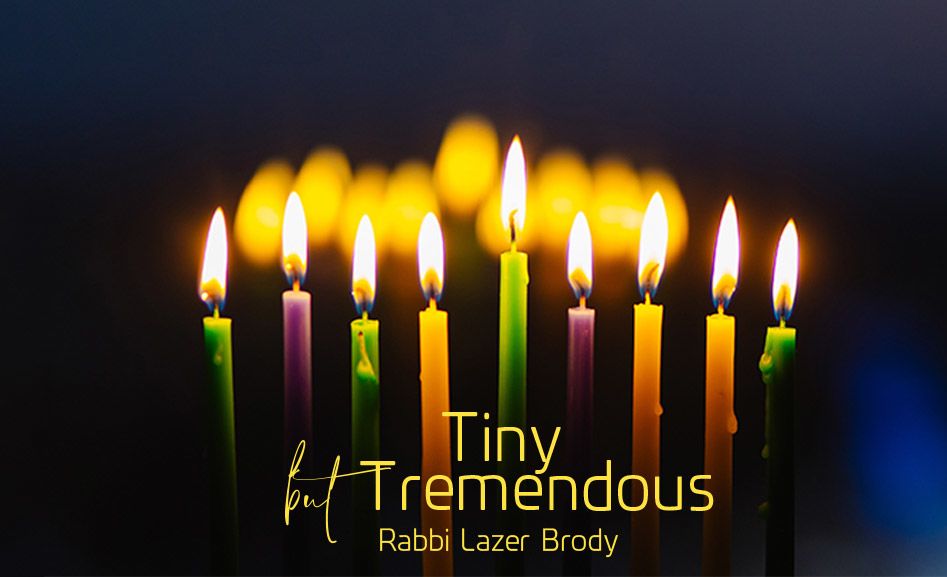



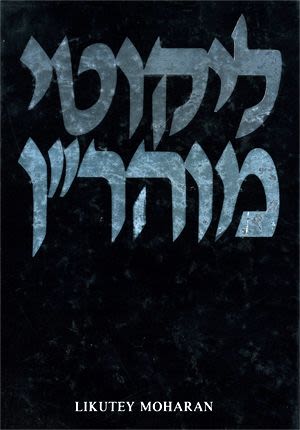
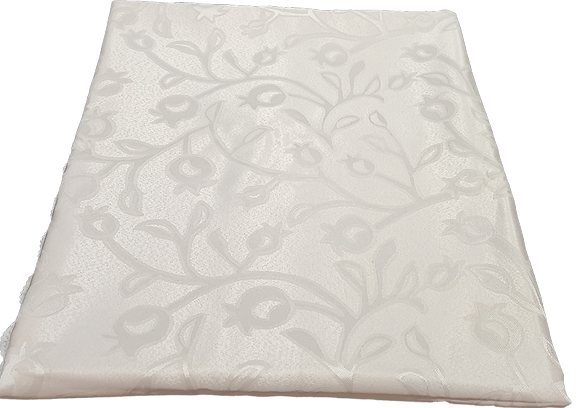
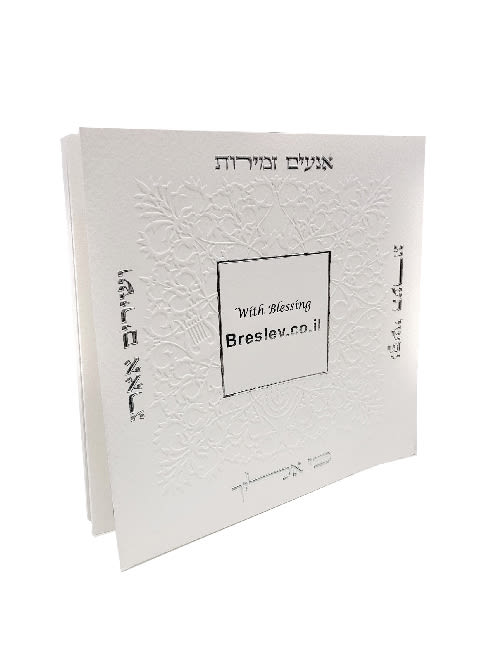


Tell us what you think!
Thank you for your comment!
It will be published after approval by the Editor.